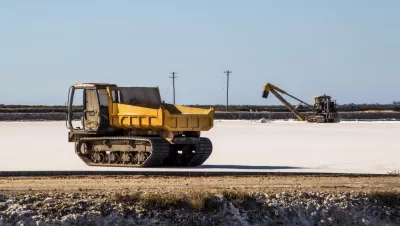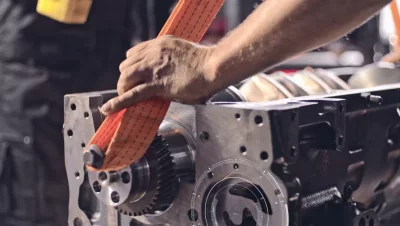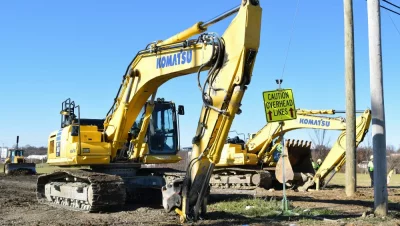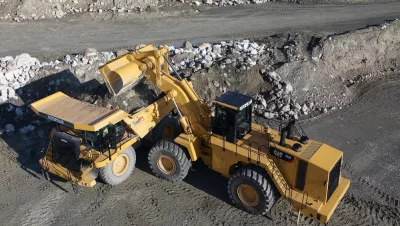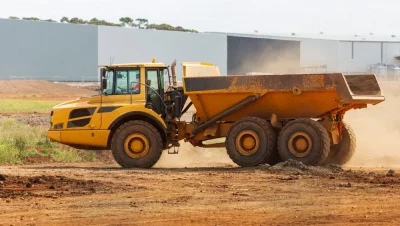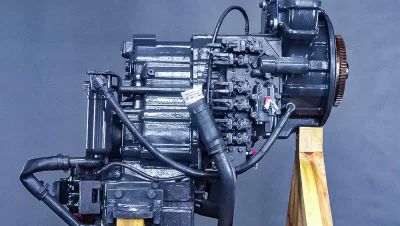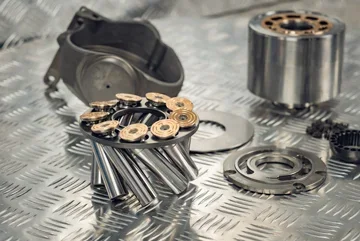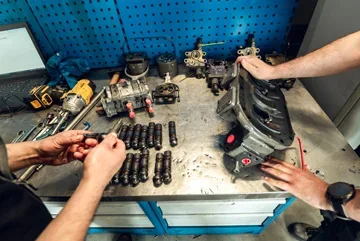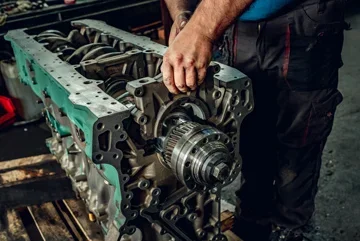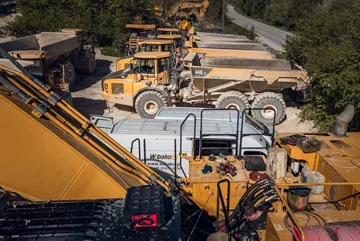What are hydraulic actuators?
There is no doubt that the actuator is one of the most important elements of a construction machine equipped with a hydraulic system. The efficiency of a given device largely depends on the condition of this component.
That's why it's so important to properly match the actuator to the machine, which can cause a lot of problems for an inexperienced person. In our guide, we explain the division of hydraulic actuators. We also remind you of the principle of operation of this component and suggest what determines its efficiency.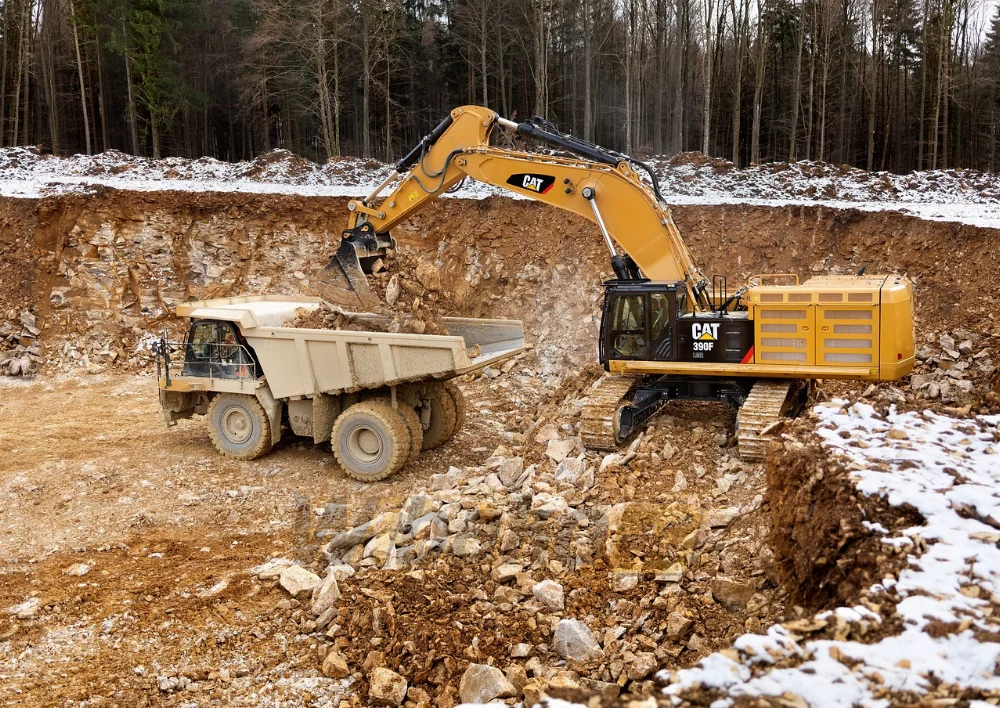
Construction and principle of operation of a hydraulic actuator
Hydraulic actuator is colloquially called a piston or cylinder. Although these are not correct terms, they reveal the details of the construction of this component, which consists of several elements, the most important of which are the piston, cylinder and plunger.
Among the main advantages, one can mention primarily a relatively simple construction and easy control method, as well as the possibility of quick repair in case of failure. It is also important that the operation is relatively safe, as there is no risk of sparking.
The principle of operation is quite simple - its work consists in converting the pressure of the working fluid into mechanical energy. This process takes place using a piston, plunger or other device (diaphragm).
The most common type is a piston actuator, in which the stroke length is limited by the length of the plunger.
The fluid (usually it is thickened hydraulic oil) is pumped into the working space, which causes the movement of the plunger, which in turn generates the movement of subsequent elements in the machine. Thanks to such a construction, for example, the arm of the excavator moves.
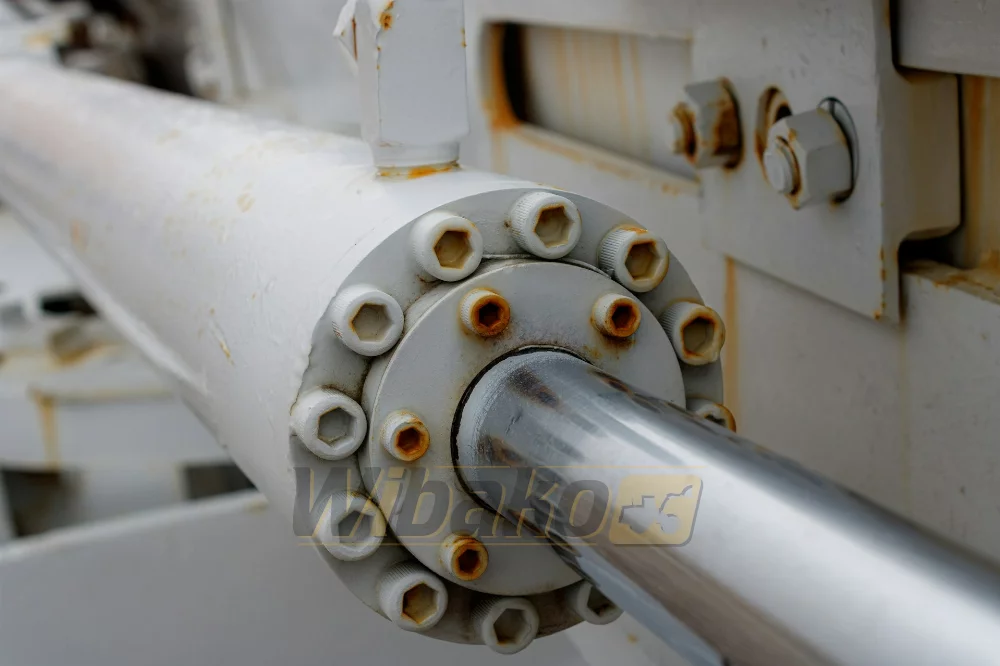
The selection of the actuator for the machine must not be random. Here we must take into account such criteria as working pressure, length of the displacement path, working conditions, method of mounting or parameters of the displacement pump. The best solution is definitely to use the guidelines of the manufacturer of a given machine, which contain a full specification.
Hydraulic actuators are used in countless agricultural, forestry, construction machines or in the broadly understood industry - they must be characterized by very high efficiency and resistance to extremely difficult working conditions.
This is one of the main reasons why we recommend reaching for branded components, not the cheapest substitutes. Simple hydraulic actuators are also used in everyday items, such as remotely controlled mechanisms of gates, windows and doors. 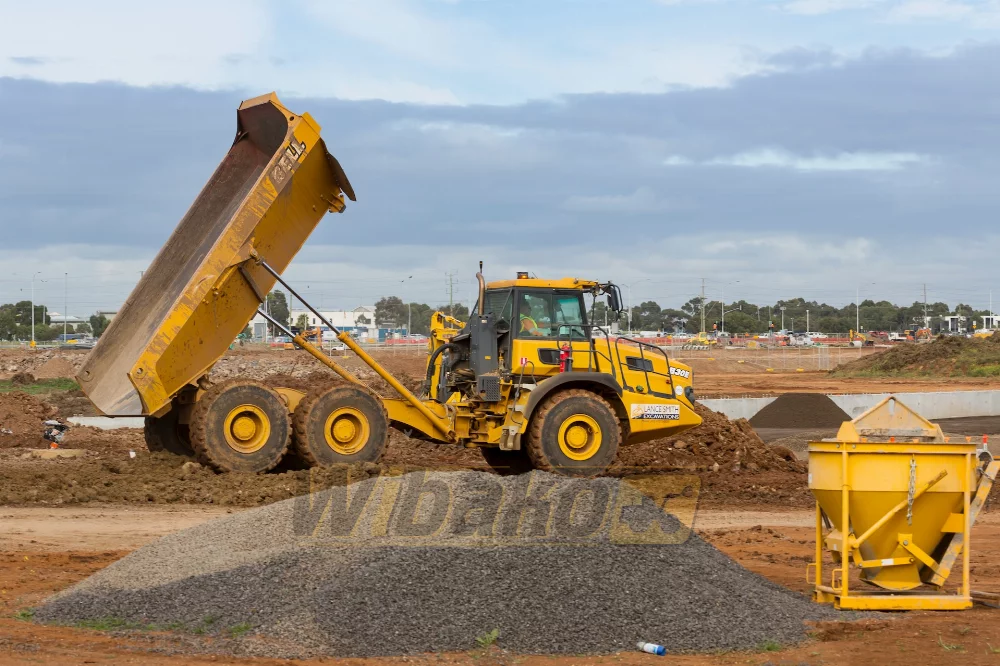
Classification of hydraulic actuators
Various actuators are used in machines. The division of these components is quite wide and takes into account many aspects. The most general one concerns the distinction between linear and rotary motion - in the first case there is a division into:
- Single-acting actuator - the stroke takes place in one direction, while in the opposite direction the movement of the working organ takes place by the force of the tensioned spring or the force of gravity of the lifted element;
- Double-acting actuator - no spring is used in it, the working movement takes place in opposite directions. There are two chambers that supply the working agent;
The basic difference between the two types is that in the first case the return movement is forced, while in the second it is controlled.
The next division concerns what element performs the movement - we therefore distinguish models with a stationary cylinder and a stationary piston.
Additionally, actuators are divided into externally and internally powered.
It is also worth mentioning the division according to the method of production. We distinguish standard units, which are produced based on a set scheme, as well as non-standard, produced to order, usually according to specific guidelines.
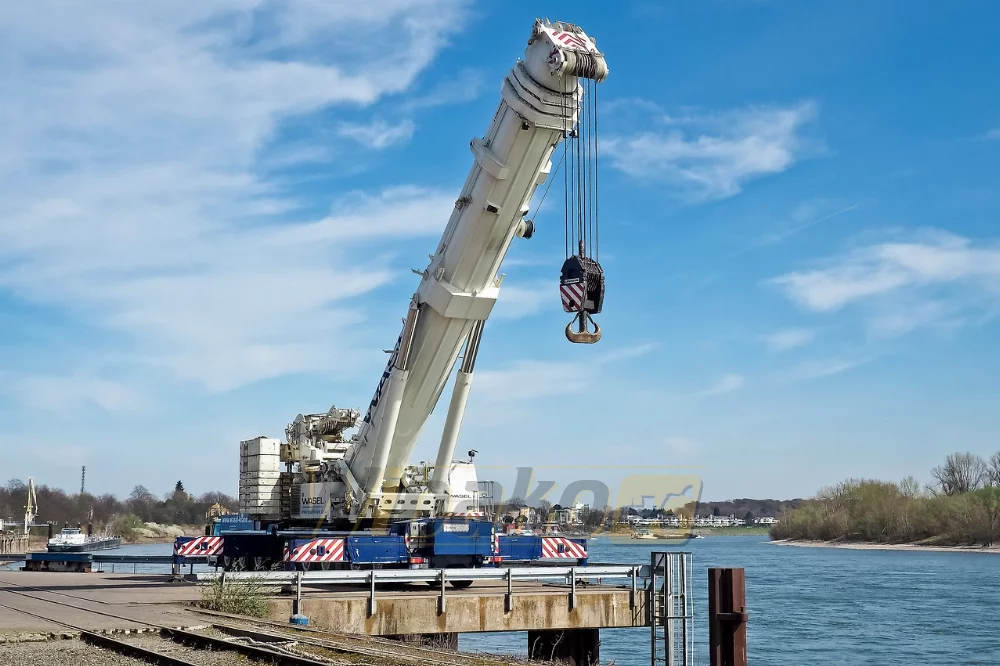
Seals: a very important element of a hydraulic actuator
The efficiency of the actuator is largely dependent on the condition of the seals used in it, and leaks significantly reduce its efficiency. If we notice any leakage, the actuator should be taken to a specialist workshop as soon as possible, where the seals will be replaced.
Such a procedure is also recommended in case of purchasing a used component - it is not worth saving on this and it is better to immediately replace the set of seals to have peace of mind and a guarantee of trouble-free operation of the component.
Seals used in hydraulic actuators are mainly divided into static (used to seal static elements) and moving (occur between elements interacting with each other).
Self-sealing rings, whose deformation is directly related to the action of the working fluid (the higher the pressure, the greater the pressure), are also popular on the market.
When deciding to buy a used actuator, remember to pay attention to the construction of the component - if it is rigid and strong, the actuator will work long and without failure. The selection and assembly of the component, especially a used one, should be entrusted to a specialist company.



